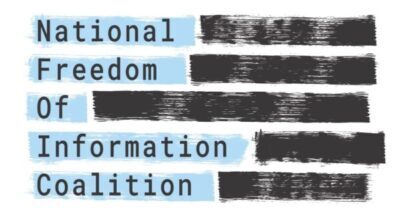When state and local agencies open their financial data, benefits accrue not just to citizens who can keep tabs on local spending, but also to governments themselves.
Open data is “essentially a change in the packaging of information, not a change in the information itself,” said Dean Ritz, the senior director of IP and digital reporting strategy at Workiva, a cloud-based reporting and compliance platform provider.
Open financial data would mean a transition from documents that are read with the human eye to machine-readable information in an open data format, Ritz said at an Oct. 10 event hosted by The Data Foundation.
One of the biggest benefits to state and local governments would be the ability to borrow money at a lower rate, according to Jim Harper, a former director of information policy studies at the Cato Institute. The municipal bond market relies on good data, and right now it takes much longer to get local government data than it does private-sector data, he said.
“The benefit [of open financial data] is lower cost of borrowing for states and localities, which ultimately means more projects, more public goods,” he said.
It will also make it easier for state and local governments to report on their finances. (Read more…)
